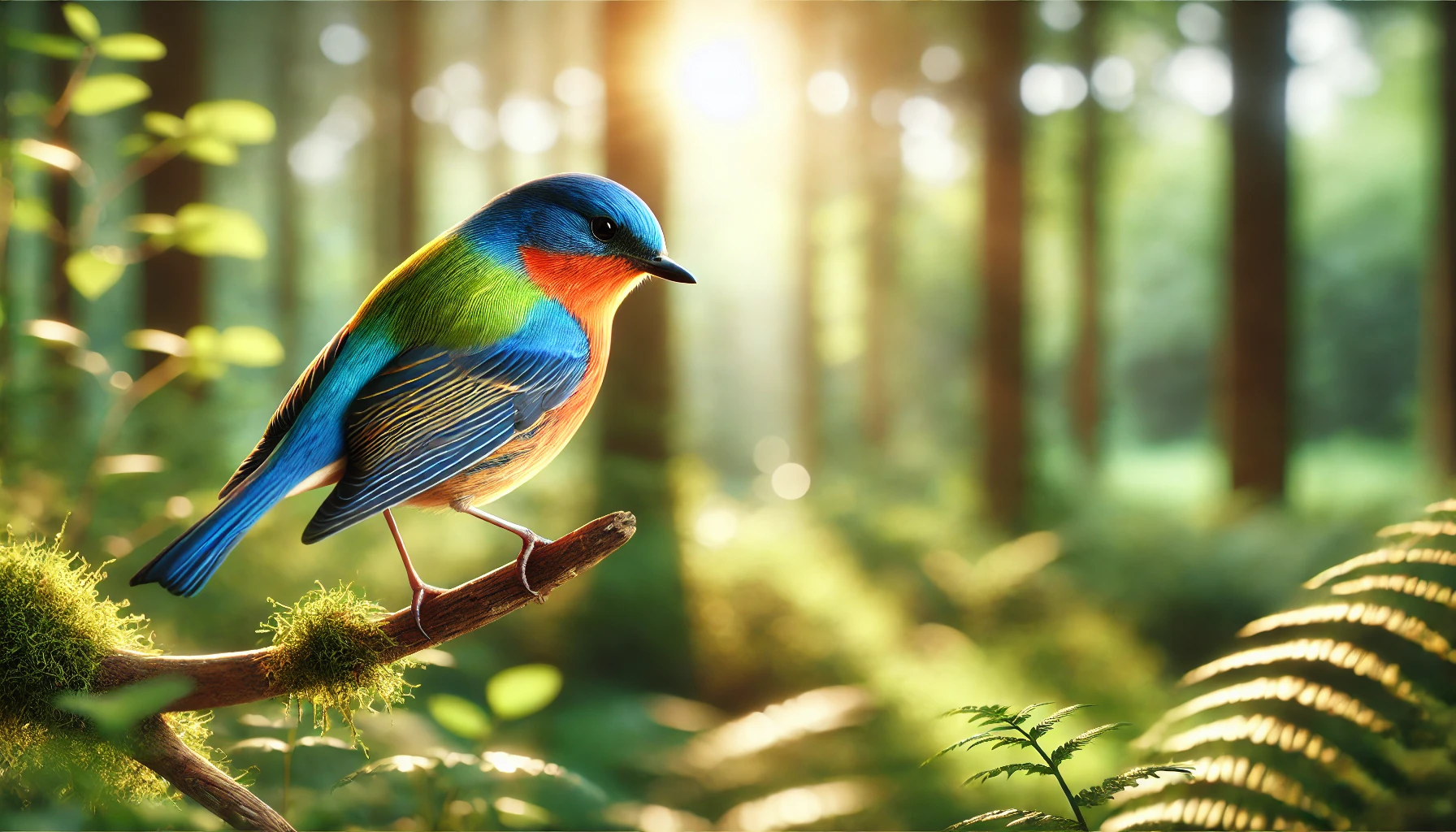Bird photography is a challenging yet rewarding genre that requires patience, quick reflexes, and the right techniques. Capturing the beauty, behavior, and flight of birds can produce stunning and dynamic images. Here’s how to master bird photography.
1. Use the Right Equipment
Bird photography often involves shooting from a distance.
- Lens: A telephoto lens (e.g., 300mm or longer) is essential for detailed close-ups.
- Tripod or Monopod: Provides stability for long shoots.
- Camera Settings: Use continuous autofocus (AI-Servo/AF-C) and burst mode for fast-moving birds.
Pro Tip: Use a teleconverter to increase your lens’s focal length without investing in new equipment.
2. Learn Bird Behavior
Understanding the habits and movements of your subjects helps you anticipate shots. Study bird species to learn their feeding, flight, and nesting patterns.
Pro Tip: Visit local parks, wetlands, or nature reserves for accessible birding spots.
3. Optimize Lighting
Natural light is key to showcasing a bird’s colors and details.
- Golden Hour: Adds warmth and enhances feather textures.
- Overcast Days: Provide even lighting and minimize harsh shadows.
Pro Tip: Position yourself with the sun at your back to ensure the bird is well-lit.
4. Focus on the Eyes
The eyes are the focal point of any wildlife photo, and bird photography is no exception. Sharp eyes create a connection between the subject and viewer.
Pro Tip: Use single-point autofocus to lock focus precisely on the bird’s eye.
5. Capture Birds in Action
Dynamic shots of birds in flight, feeding, or interacting with their environment tell a story.
- Shutter Speed: Use 1/1000 or faster to freeze motion.
- Panning: Follow the bird’s movement for motion blur in the background.
Pro Tip: Pre-focus on a branch or perch where the bird is likely to land.
6. Be Patient and Quiet
Birds are easily startled. Approach slowly, use camouflage, or shoot from a blind to blend into the environment.
Pro Tip: Use a remote shutter release to minimize movement and noise.
7. Include the Environment
Showcase the bird’s natural habitat by including elements like trees, water, or sky in the frame. This adds context and depth to your photos.
Pro Tip: Use a wide aperture to separate the bird from a busy background.
Checklist for Bird Photography
- Is your lens and focus set up for fast and accurate shots?
- Are you respecting the bird’s space and natural behavior?
- Have you optimized lighting and composition for your subject?
Bird photography is as much about observation as it is about technical skill. With practice and persistence, you can create stunning images that highlight the grace and beauty of birds in their natural habitat.
